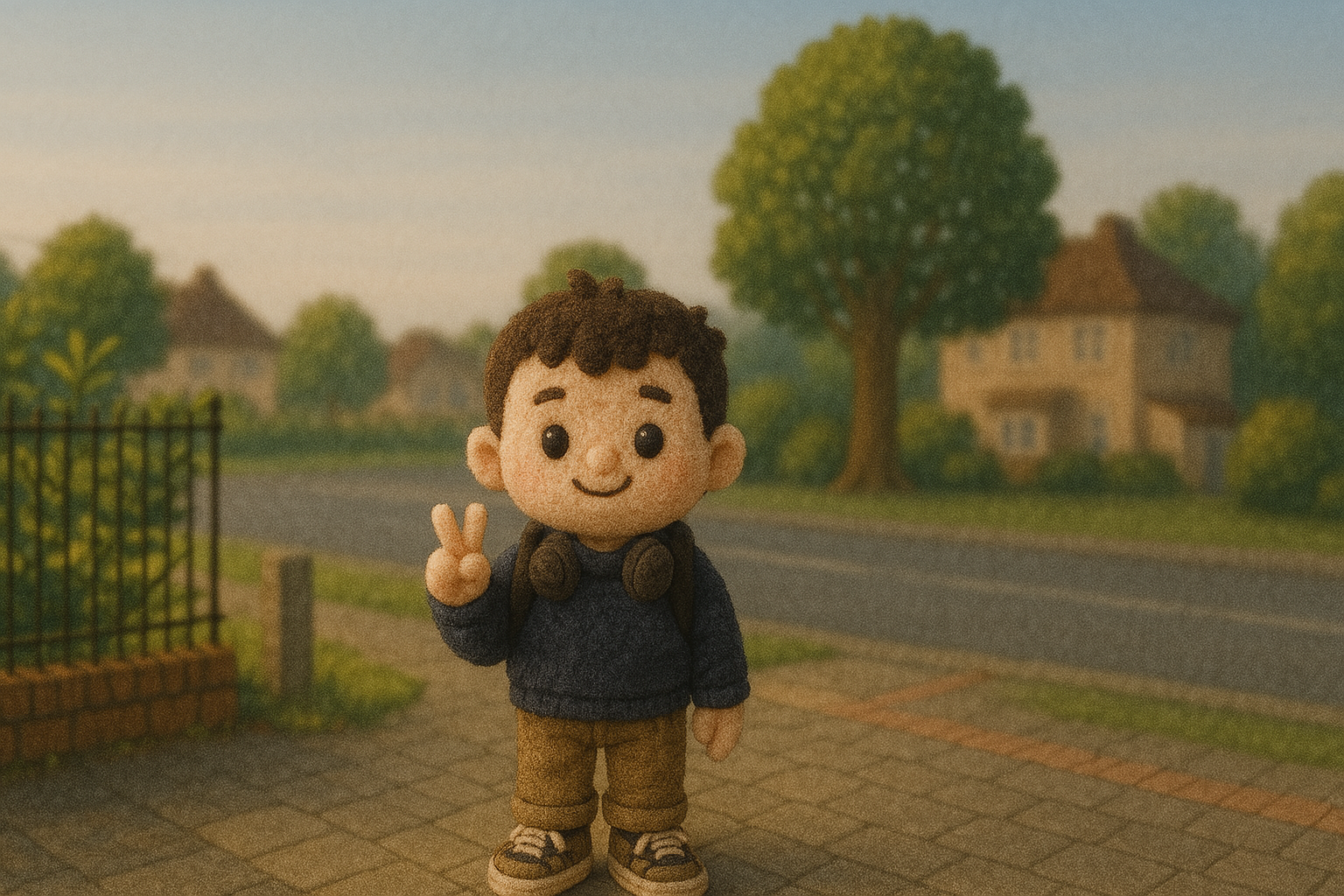7 signs that it’s time to replace your pillow
Here’s how you can tell if you need a new pillow
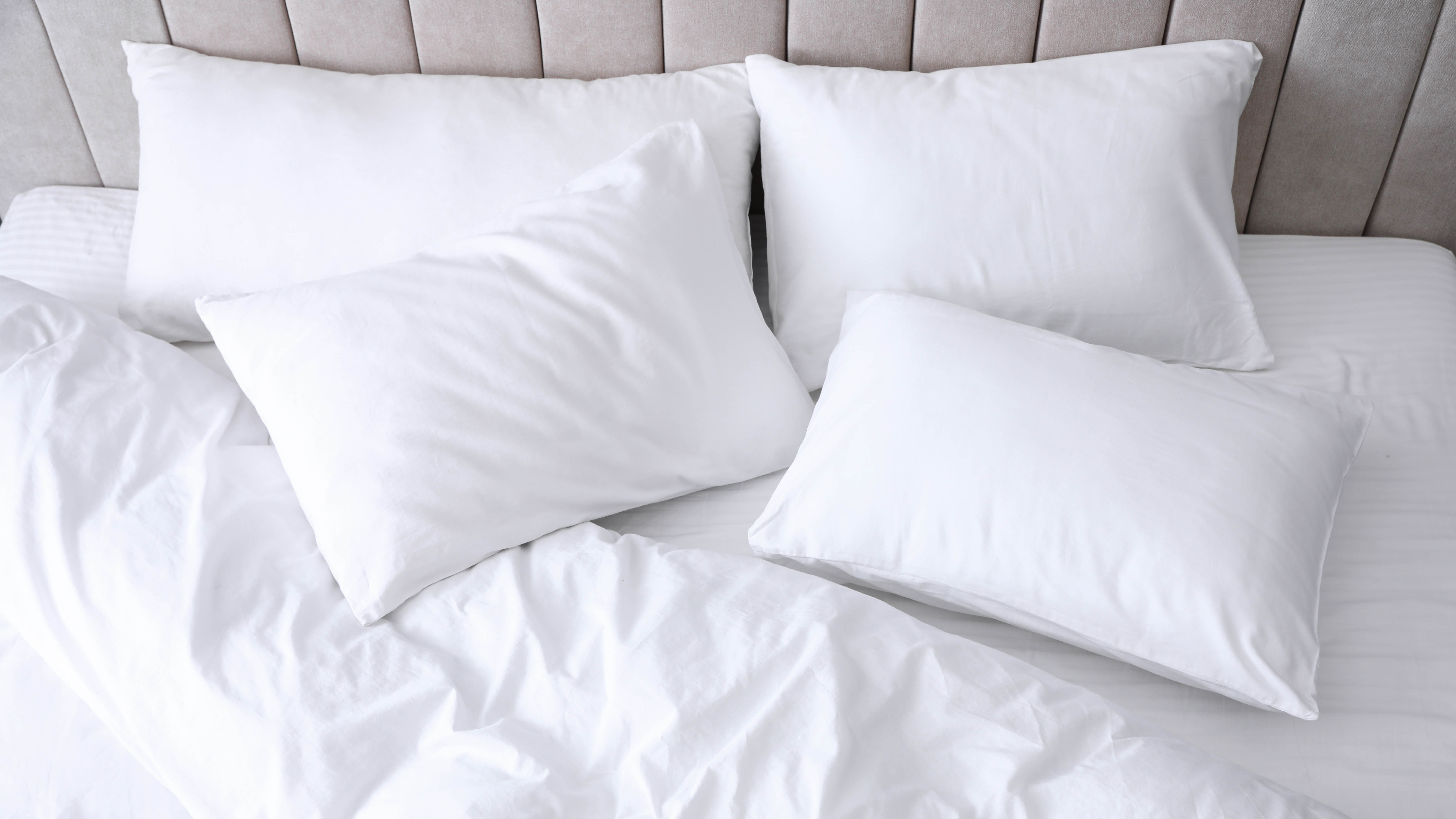
When it comes to pillows, most of us forget the wear and tear they endure. Because of this, we end up using the same ones for years and years, only replacing them as a last resort. The problem is, even the best pillows will need upgrading eventually, and if you use these for longer than you should, this could potentially cause discomfort at night and a painful neck in the morning.
To help you decide when to throw in the towel — or pillow, as it were — we’ve pulled together 7 signs that it’s time to replace your pillow. We will look into symptoms you may experience from sleeping on an ineffective pillow, and we will also consider how a pillow can be restored where this is possible. Whether you need to replace your pillow or give it some TLC, you should get a better night’s sleep as a result.
You should also know that you’ve been making your bed all wrong — here, we take you through the right way. Also, avoid these 7 things that are stopping you from having a good night’s sleep.
- Read more: Saatva Latex Pillow review 2024
1. The support is lost

Above all, a pillow needs to remain supportive. While pillows offer varying levels of support based on preferences, from soft, to medium, to firm, some support is always given. Otherwise, there’s essentially no point in the pillow. Unfortunately, with every night we sleep, the pillow's filling is gradually compressed from the weight of our heads. Before you know it, what was once thick and fluffy has become flat and overly hard.
Fluffing up the pillow in the traditional sense can sometimes help with this — some might even fold them over to double the height. But, if your pillow quickly reduces back to its newfound flatness, you need to take action. The initial support is essential to keep your spine properly aligned and to reduce muscle tension. Without it, you could find yourself waking up throughout the night, with a sore neck and residual back pain by the morning. If you suspect the support has gone from your pillow, opt for a new one. For general guidance, we recommend replacing your pillow every 1-2 years.
"When it comes to healthy spinal alignment, a lot of focus is placed on making sure you have the best mattress for your sleep style, but your pillow plays a big part, too," Ruth Hamilton, Tom's Guide's resident sleep expert says. "A good pillow will promote a neutral resting spine. If your pillow is too flat — perhaps from too many years of use — your head might drop too low, leading to uncomfortable twisting and neck pain over time. Similarly, it’s important that while you’re asleep the muscles around the spine and neck are fully supported and don’t have to work to keep your head in the right place.
"An old, bumpy pillow is unlikely to provide consistent support. In fact, one of the arguments in favor of memory foam pillows is that they provide uniform support throughout the night, whereas a feather or down pillow will change shape with pressure or as you shift position, meaning it might be supportive when you first go to sleep, but not by the time you wake up in the morning."
Sign up to get the BEST of Tom's Guide direct to your inbox.
Get instant access to breaking news, the hottest reviews, great deals and helpful tips.
2. It’s indented

If you’re sleeping on a memory foam pillow, this too can lose its support over time, particularly if you sleep in the same position every night. Memory foam is designed to contour to the shape of your head, providing even support, but it can permanently indent where it’s exposed to continued weight. Consequently, you might find yourself slipping into this dip every time you lay your head on the pillow.
This can make things uncomfortable for the same reasons as in point one, and again you could wake up feeling residual neck pain by the morning. An indent can also keep you from moving freely in the night, which may wake you up more often. You might be able to flip or rotate the pillow to give yourself a fresh impression, but this depends on both the construction and shape of your pillow. Plus, the initial dip could affect the performance of your pillow even from the other side, because some support will always be lost. If the memory foam has started to dip, unfortunately this is irreparable, so you will need a new pillow.
3. It’s uncomfortable to sleep on

Even if the pillow offers support, it may still feel uncomfortable to sleep on. This could be down to your preferences and sleeping style, rather than the pillow itself. The filling, height and style may be wrong for you. For instance, side sleepers generally need a tall pillow to suit the extra height from the shoulder to the head, while back sleepers will need a thinner design. Memory foam is often recommended to those who suffer from neck pain, but it could be too firm and restrictive for others. So there’s a good and a bad choice for everyone.
The consequences of using the wrong type of pillow shouldn’t be ignored. It can result in disrupted sleep, as well as soreness when you wake. At the very least, you won’t feel refreshed by the morning. So, if you suspect you’re sleeping on the wrong pillow type, don’t ignore it. Consider your sleeping style and personal circumstances before shopping for a new one. If you need help deciding between fillings and choosing the right pillow, check out or guide on the best pillows.
“Pillows are the Cinderella of sleep products, often forgotten about, with us not understanding how to pick the right one for us, and often spending very little money on them, then wondering why they are so rubbish," James Wilson, a.k.a. The Sleep Geek, Sleep Expert & Founder of Kip Mate says.
"We focus on how many pillows we need, but it is not about how many, but how your head is supported. Your pillow should support you sleeping mostly on your back or side (not your front as this causes massive problems with your back, neck, and upper legs, leading to pain and suffering) with your head in a neutral position. Basically your head should be in the position it would be in if you were stood up and facing forward. If you are waking with neck, shoulder or upper back pain, the first thing to look at is swapping your pillow.”
4. Allergies are getting worse

As we sleep on our pillows every night, they collect no end of dust mites and bacteria. Mold can also accumulate, given moist or humid conditions. Breathing this in and exposing our skin to it can potentially trigger allergic reactions, such as sneezing, itchy skin, bloodshot eyes and a blocked nose. As you can imagine, all of this won't help you sleep through the night. Plus, you won’t feel great when you wake up either.
You can always learn how to wash a pillow to keep these allergens at bay. There are even specific anti-allergen detergents available which can help target the wash, such as The Ecology Works Anti Allergen Solution Laundry Detergent ($24, Amazon). However, if you find yourself constantly suffering from allergic reactions, you might be better off replacing your pillow all together with a hypoallergenic design. These use tiny pores to block dust mites and pet dander from settling in the pillow. Meaning you can sleep more soundly at night.
5. The pillow doesn’t bounce back
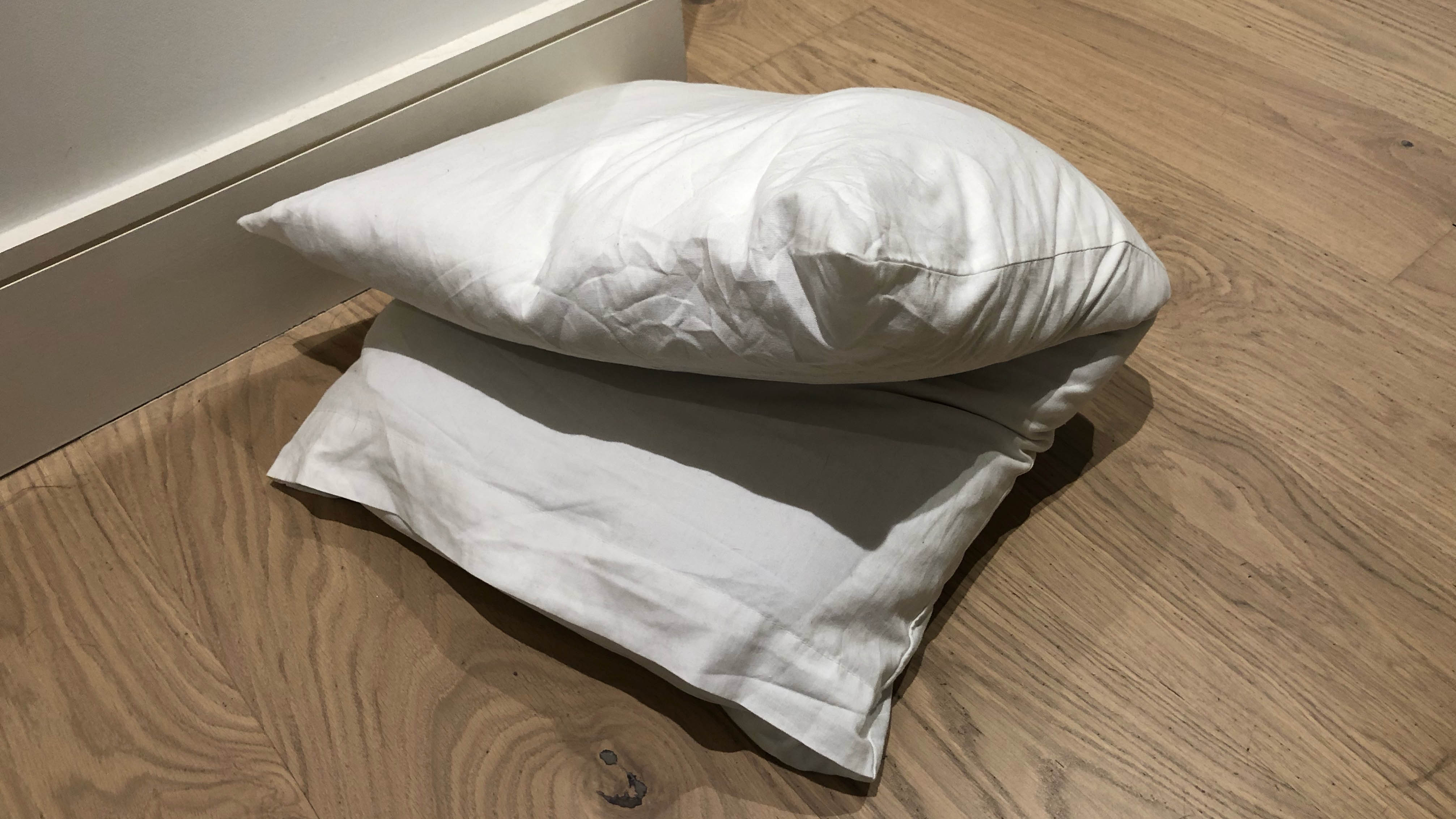
One of the most obvious methods for checking the current quality of your pillow is to see how easily it bounces back with the fold test. This method works on both cotton and polyester pillows. Essentially, all you need to do is fold the pillow in half down its center and press it flat for 30 seconds. Then, see how it reacts when you release. If it immediately springs back into its initial shape, then it’s full of support. If it slowly retracts, there’s still some life there. But, if it just sits in its folded position, then that’s a sign that you need a new pillow.
If this has happened, the filling is likely flattened and unevenly distributed. You might also notice lumps and bumps when you sleep on it at night, which isn’t particularly comfortable to sleep on. You could try bringing your pillow back to life by washing it and then drying it in the dryer with some dryer balls — these could help reduce the lumps. Alternatively, drying a pillow thoroughly in the sun can help fluff it up as well. If the pillow still responds badly to the test after this, it might be time for a new one.
6. Stains won't come out
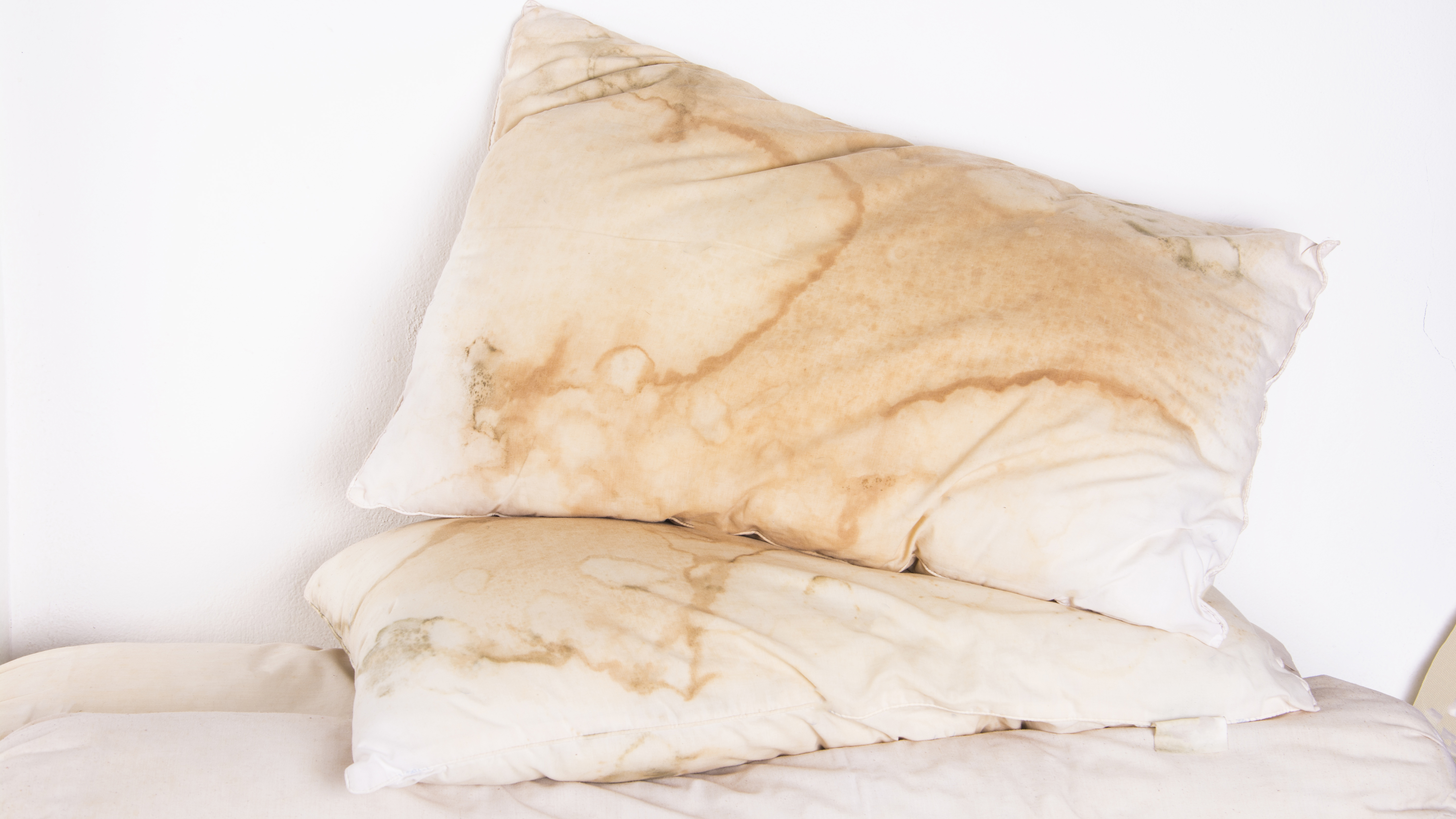
All pillows show ugly yellow stains over time. This is a consequence of the sweat, oils and drool we release at night. Washing your pillow regularly can help reduce these — we recommend doing so every four months, whatever type you use. However, if a pillow has particularly yellowed, or has turned brown in places, even a hot wash and a powerful detergent might not remove all traces of the stains. In the end, the pillow won’t look very attractive, no matter how much you wash it, and at this point, it’s likely best to replace it with a new one.
To help prevent sweat stains from building up so quickly in the future, try to make use of pillow protectors, such as the Utopia Bedding Waterproof Pillow Protector ($8.99, Amazon). Just don’t forget to wash these protectors regularly as well.
7. You don’t own one of the best pillows
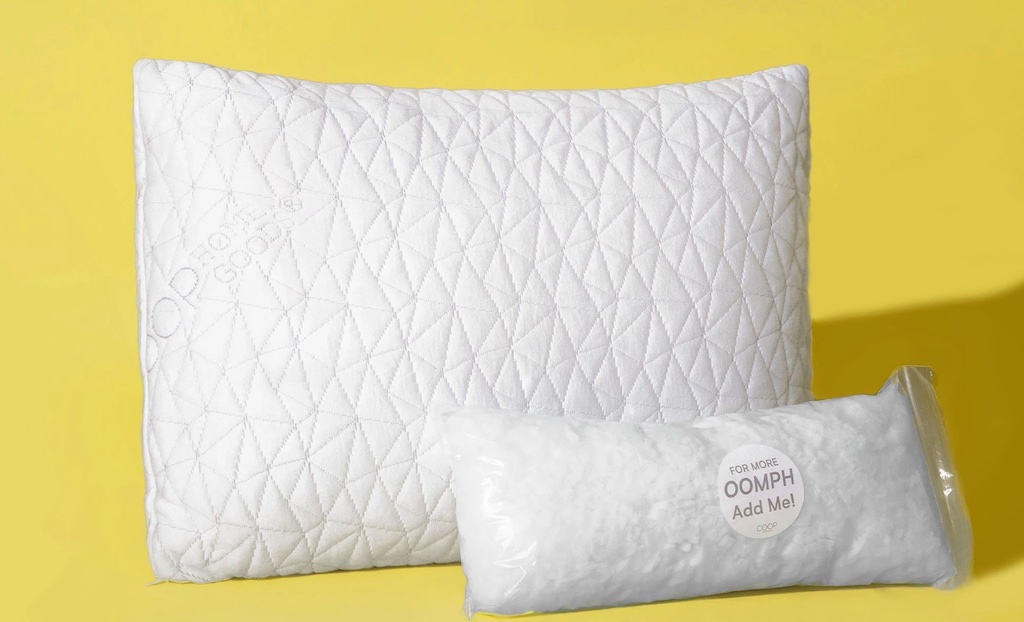
Even if you put all of your effort into researching the perfect pillow design, there’s still a huge selection of options to choose from. As a result, you might not get the best performance possible. To help, we’ve scoured the market and have put a selection of pillows to the test to find the best options. We considered everything, from the versatility of the design to the general value for money. Consequently, you can find the best pillow here, whatever your circumstances.
Have you ever wondered what happens to your body when you sleep on your side? If so, you might need one of the best mattress for side sleepers or perhaps check out one of the best memory foam mattress for comfort.
Or do you have trouble sleeping? Try these 5 tips for helping you sleep better, or check out these 5 plants that could help you sleep better.

Katie Mortram used to be a Homes Editor for Tom's Guide, where she oversaw everything from kitchen appliances to gardening tools, as well as smart home tech. Specializing in providing expert advice for cleaning and home manintenance, she now works as Household Advice Editor for Good Housekeeping.
